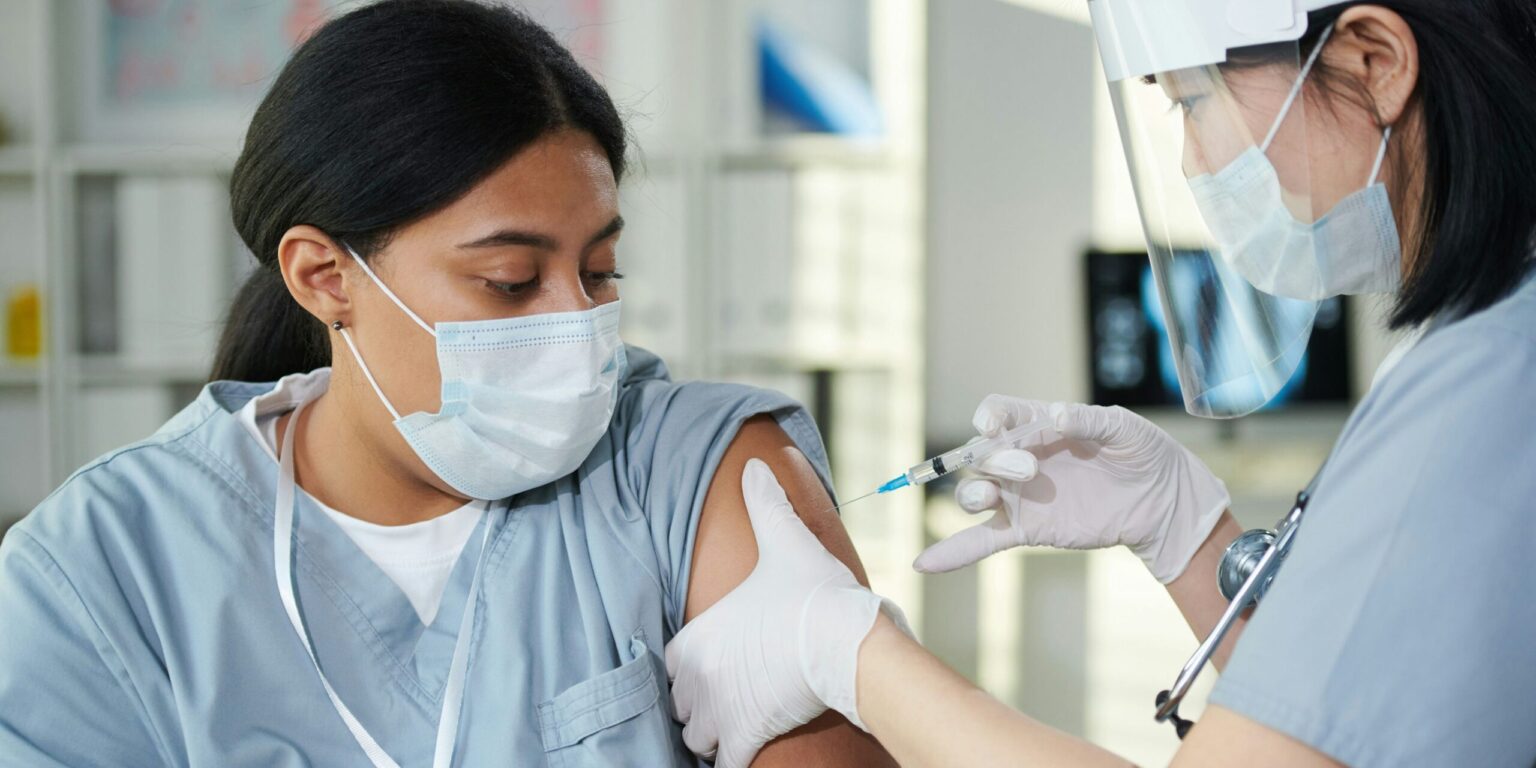By Chloe Ramirez, Senior Correspondent
Dallas, Texas — May 31, 2025
A significant measles outbreak has swept across the Southwest United States, with more than 800 confirmed cases reported across Texas, New Mexico, Oklahoma, and Kansas since the start of 2025. Tragically, three deaths have been linked to the highly contagious disease. Health officials are urging communities to check their vaccination status and take immediate action to prevent further transmission of this dangerous illness.
Outbreak Origins and Rapid Spread
The outbreak began in January 2025, when the first cases appeared in Houston, Texas, traced back to international travel. Measles, a virus known for its high contagiousness, quickly spread through unvaccinated populations. By mid-February, infections had been confirmed in other parts of Texas and extended into the neighboring states of New Mexico, Oklahoma, and Kansas.
The majority of those infected were individuals who had not received the measles vaccine. This pattern highlights the critical role vaccinations play in protecting communities from outbreaks. Measles spreads primarily through respiratory droplets when an infected person coughs or sneezes, making it extremely easy to contract in crowded or indoor settings.
Efforts to Contain the Outbreak
In response, state health departments have launched widespread vaccination campaigns and established public clinics to provide free or low-cost measles, mumps, and rubella (MMR) vaccines. These clinics aim to reach vulnerable populations, especially in areas where vaccine coverage has declined in recent years.
Public messaging emphasizes that measles is preventable and that vaccination is the most effective means of protection. Efforts also include combating misinformation about vaccine safety, which has contributed to vaccine hesitancy—one of the biggest barriers to controlling the spread of measles.
The Challenge of Vaccine Hesitancy
Vaccine hesitancy has been a growing concern nationwide, with some individuals delaying or refusing vaccines despite availability. This hesitancy stems from a variety of factors, including misinformation spread on social media, mistrust in medical institutions, and complacency due to the previous rarity of the disease.
The current outbreak underscores how dangerous these attitudes can be. Even small pockets of unvaccinated people can provide a foothold for the virus, allowing it to spread rapidly within communities and pose serious risks to those who cannot be vaccinated, such as infants or immunocompromised individuals.
Public health officials stress that achieving “herd immunity”—where enough people are vaccinated to stop disease transmission—requires consistently high vaccination rates in every community.
What This Means for Americans Nationwide
Although this outbreak is concentrated in the Southwest, the implications are far-reaching. Measles can easily travel with people moving across the country or internationally. The return of measles to regions where it was previously controlled should serve as a warning to all Americans.
It is recommended that people review their vaccination records to ensure they have received the two doses of the MMR vaccine typically required for full protection. Those uncertain of their vaccination status should consult healthcare providers and get vaccinated if necessary.
Additionally, parents should ensure that children are vaccinated on schedule, and adults who missed vaccines in childhood should consider catch-up immunizations. Maintaining strong community immunity protects everyone, particularly those who cannot be vaccinated due to medical reasons.
Symptoms and When to Seek Medical Help
Measles symptoms typically appear 7 to 14 days after exposure and include high fever, cough, runny nose, and red, watery eyes. A characteristic red rash usually develops three to five days after symptoms begin, spreading from the face downward.
Because measles can lead to severe complications—such as pneumonia, encephalitis (brain swelling), and death—early detection and isolation of infected individuals are crucial. Anyone experiencing symptoms or who has been exposed to measles should seek medical attention promptly.
Looking Forward: Prevention and Public Health
While the current outbreak presents challenges, it also reinforces the vital importance of vaccination as a public health tool. Health authorities are optimistic that with increased vaccination efforts and public cooperation, the outbreak can be contained and future occurrences prevented.
The outbreak is a timely reminder that vaccine-preventable diseases can resurface if communities do not maintain high immunization rates. As international travel continues to rebound and population density rises in urban areas, the risk of contagious diseases spreading remains a public health priority.
Summary:
-
Over 800 confirmed measles cases across Texas, New Mexico, Oklahoma, and Kansas
-
Three deaths linked to the outbreak
-
Most cases involve unvaccinated individuals
-
Vaccination clinics and awareness campaigns launched to contain spread
-
Vaccine hesitancy remains a significant challenge
-
Americans encouraged to verify and update measles vaccinations
-
Early symptoms include fever, cough, and rash—seek medical care if exposed or symptomatic
